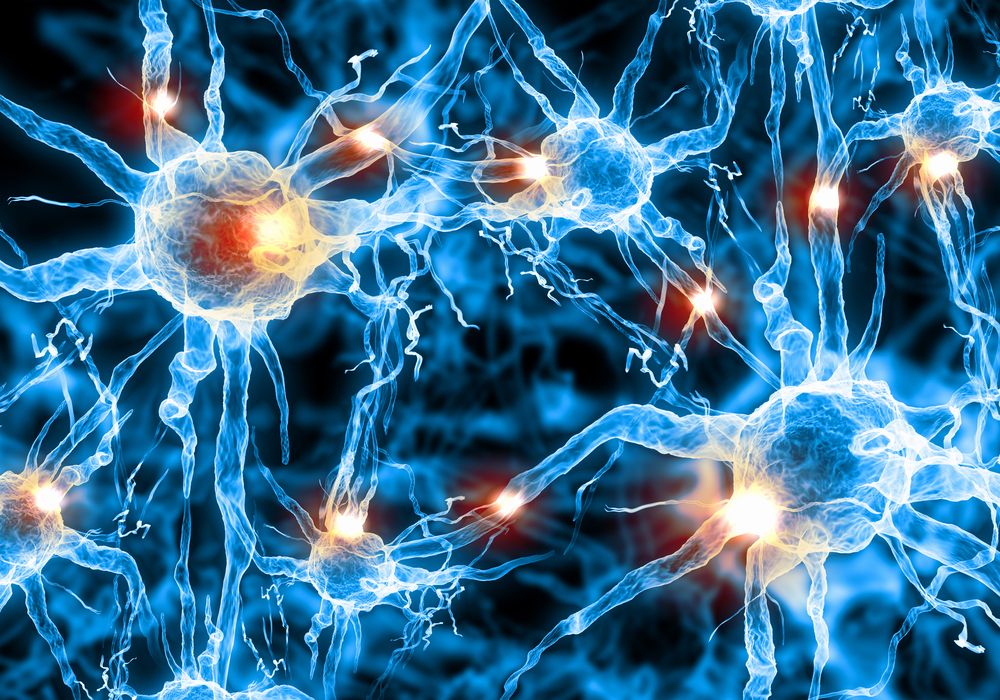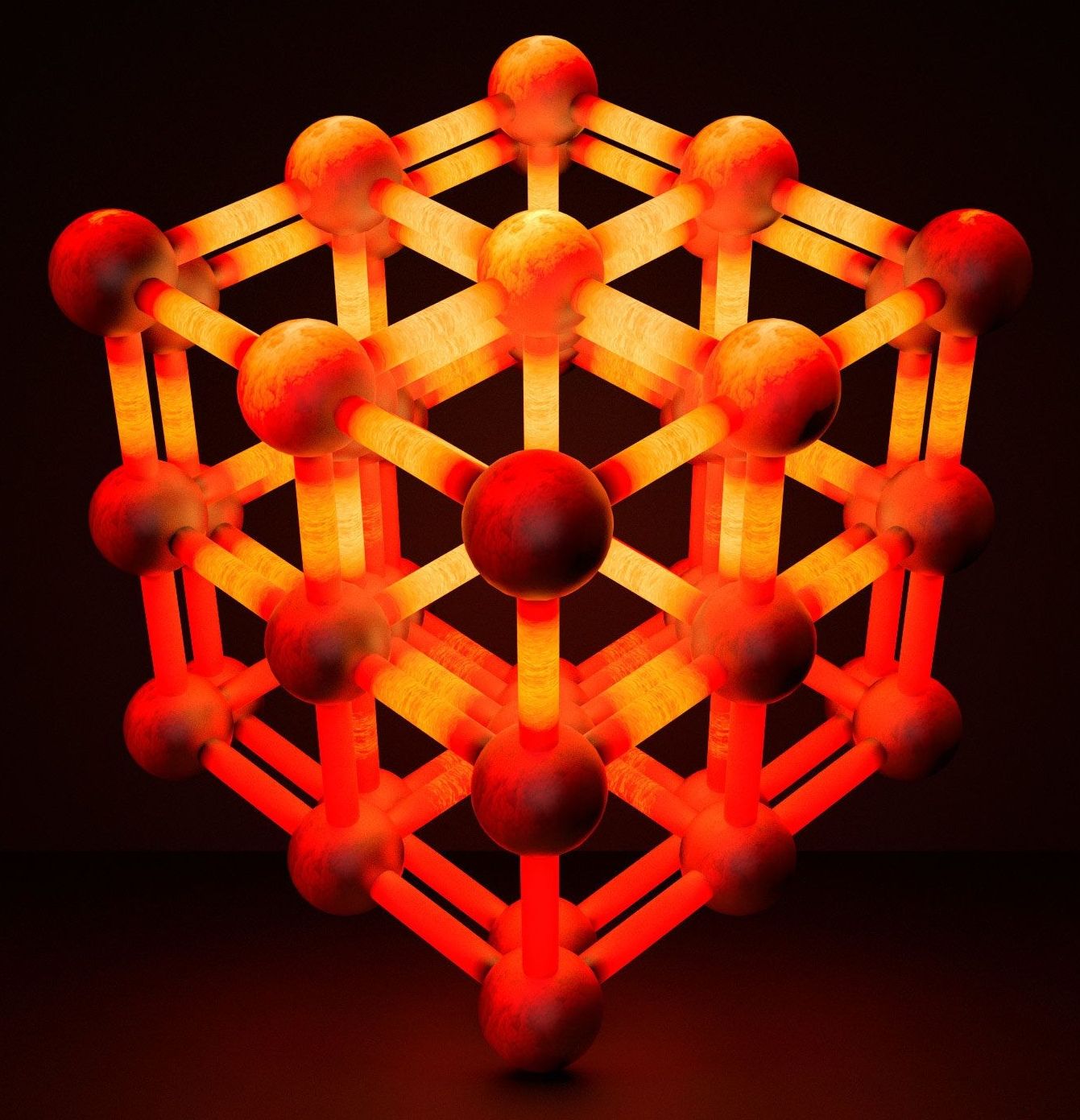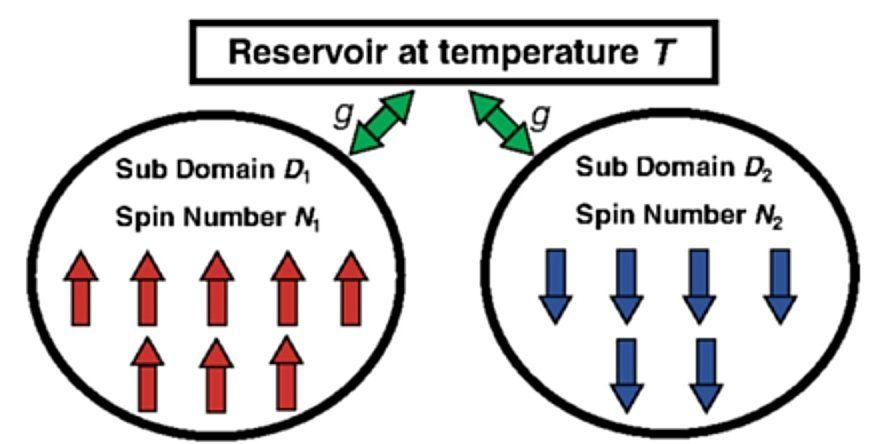Apr 18, 2018
A Review of Stem Cell Therapies for Alzheimer’s Disease
Posted by Steve Hill in categories: biotech/medical, life extension, neuroscience
A new open access paper takes a look at the potential of regenerative medicine for the treatment of Alzheimer’s disease [1]. The review covers approaches such as spurring the production of new neurons and transplanting new neurons while taking a look at the disease-modeling approaches and techniques that science is now using to refine approaches to treating Alzheimer’s.
The authors here investigate how induced pluripotent stem cells (iPSCs) are contributing to the growing knowledge in the field by allowing researchers to create increasingly refined models of Alzheimer’s disease. A current problem we have is that animal models do not emulate the disease closely enough to lead to translational therapies that work in humans; this is why so many new medicines that work in mice fail in clinical trials. The review takes a look at the challenges and how science is working to develop better models.
Introduction
Continue reading “A Review of Stem Cell Therapies for Alzheimer’s Disease” »


















